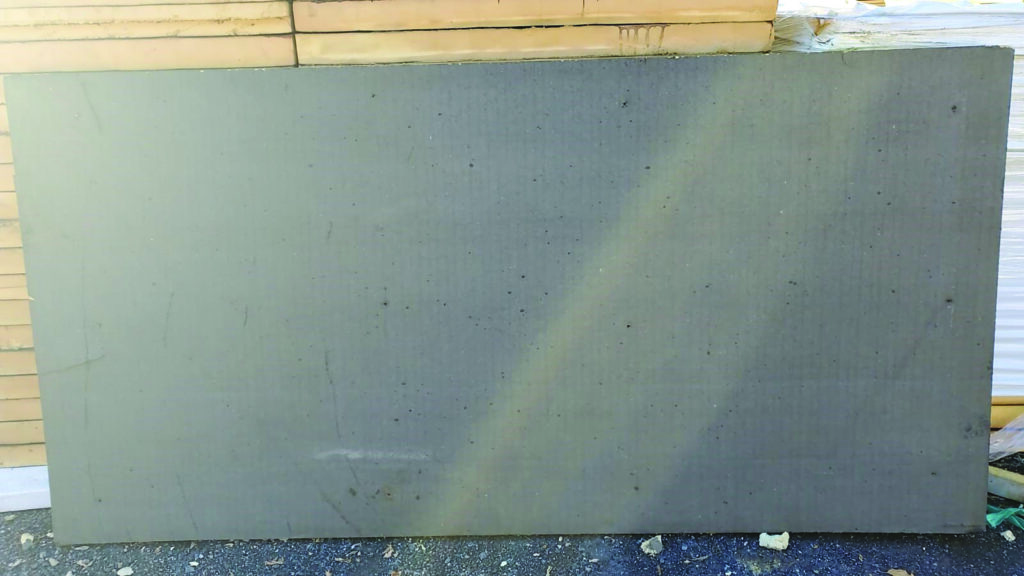
Comparative Analysis of Rigid Foam Insulation Panels in Sustainable Retrofitting
In the realm of sustainable retrofitting, selecting the appropriate insulation material is crucial for enhancing energy efficiency and minimizing environmental impact. Rigid foam insulation panels—specifically Expanded Polystyrene (EPS), Extruded Polystyrene (XPS), and Polyisocyanurate (Polyiso)—are popular choices due to their thermal performance and versatility. This analysis delves into the characteristics, advantages, and considerations associated with each type, guiding you toward informed decisions for your retrofitting projects.
Sustainable retrofitting involves upgrading existing buildings to enhance energy efficiency, reduce environmental impact, and improve occupant comfort. This process includes implementing modern insulation techniques, incorporating renewable energy sources, and optimizing building systems to decrease carbon footprints and operational costs.
By integrating reclaimed insulation panels into retrofitting projects, you can further amplify environmental benefits. Reclaimed materials divert waste from landfills and reduce the demand for new manufacturing, which is often energy-intensive and may include blowing agents with high global warming potential. This approach not only conserves resources but also lowers the carbon footprint of your building endeavors.
Green Insulation is your trusted supplier of reclaimed rigid foam insulation panels, offering sustainable and cost-effective solutions for your retrofitting needs. Contact us today to explore our range of materials and enhance your building’s energy efficiency.
Understanding Rigid Foam Insulation Panels
Expanded Polystyrene (EPS):
- Composition: EPS is a closed-cell foam made from expanded polystyrene beads.
- Thermal Performance: Offers an R-value of approximately 3.6 to 4.2 per inch, providing consistent insulation over time.
- Moisture Resistance: Moderate resistance; suitable for various applications but may require additional protection in high-moisture environments.
- Environmental Impact: Manufactured without harmful blowing agents, making it a more environmentally friendly option.
Extruded Polystyrene (XPS):
- Composition: XPS is a closed-cell foam produced through an extrusion process, resulting in a uniform structure.
- Thermal Performance: Provides an R-value around 5 per inch; however, thermal drift can occur over time, slightly reducing its insulating capability.
- Moisture Resistance: High resistance, making it ideal for below-grade applications and areas prone to moisture.
- Environmental Impact: Traditionally uses hydrofluorocarbon (HFC) blowing agents, contributing to higher global warming potential (GWP); newer formulations with hydrofluoroolefin (HFO) blowing agents are reducing this impact.
Polyisocyanurate (Polyiso):
- Composition: Polyiso is a closed-cell foam insulation with a high initial R-value.
- Thermal Performance: Boasts an initial R-value of approximately 6 to 7 per inch; however, it is susceptible to thermal drift, especially in colder temperatures, which can significantly reduce its effectiveness over time.
- Moisture Resistance: Generally lower moisture resistance; typically used above grade and requires proper sealing in moisture-prone areas.
- Environmental Impact: The choice of blowing agents affects its GWP; newer formulations aim to reduce environmental impact.
Applications in Sustainable Retrofitting
Foundation Insulation:
- EPS: Suitable for foundation insulation due to its moderate moisture resistance and cost-effectiveness.
- XPS: Preferred for below-grade applications because of its superior moisture resistance and structural strength.
- Polyiso: Generally not recommended for below-grade applications due to lower moisture resistance.
Roof Insulation:
- EPS: Applicable in roof retrofits; however, additional moisture protection may be necessary.
- XPS: Suitable for roof applications requiring high moisture resistance.
- Polyiso: Commonly used in roofing due to its high initial R-value; caution is advised in cold climates due to potential thermal drift.
Continuous Wall Insulation:
- EPS: Effective for continuous insulation; thickness may be increased to achieve desired R-values.
- XPS: Provides a balance between R-value and moisture resistance for wall applications.
- Polyiso: Offers high R-value per inch, beneficial where space constraints exist; monitor for thermal drift in varying climates.
Environmental Considerations
- EPS: Manufactured without harmful blowing agents, resulting in a lower GWP; recyclable and contributes to sustainable building practices.
- XPS: Traditional formulations have higher GWP due to HFC blowing agents; newer products with HFOs are improving environmental profiles.
- Polyiso: Environmental impact varies with blowing agents; advancements are being made to reduce GWP in newer products.
Cost Implications
- EPS: Generally the most cost-effective option among the three, offering a balance between performance and affordability.
- XPS: Moderately priced; higher cost may be justified by its moisture resistance and structural properties.
- Polyiso: Typically the most expensive; high initial R-value can offset costs in space-limited applications.
Selecting the appropriate rigid foam insulation panel for sustainable retrofitting requires a comprehensive understanding of each material’s properties, environmental impact, and suitability for specific applications. EPS, XPS, and Polyiso each offer distinct advantages and considerations that can influence the success of your retrofit project.
Green Insulation is committed to providing reclaimed rigid foam insulation panels, supporting sustainable building practices while offering cost-effective solutions. Contact us to learn how our products can contribute to the efficiency and resilience of your retrofitting endeavors.
